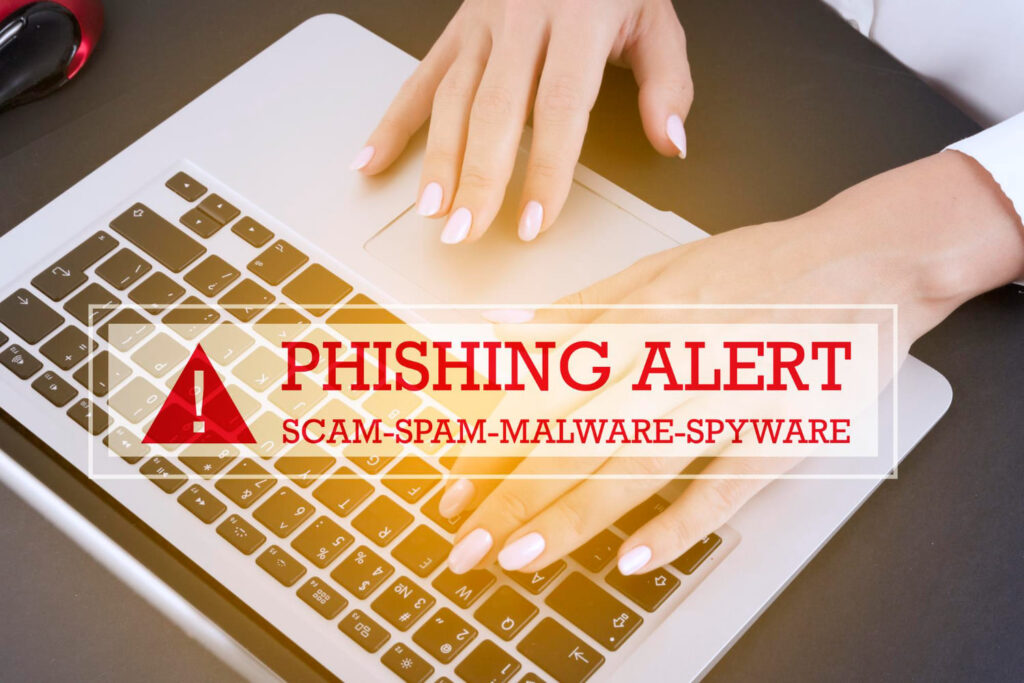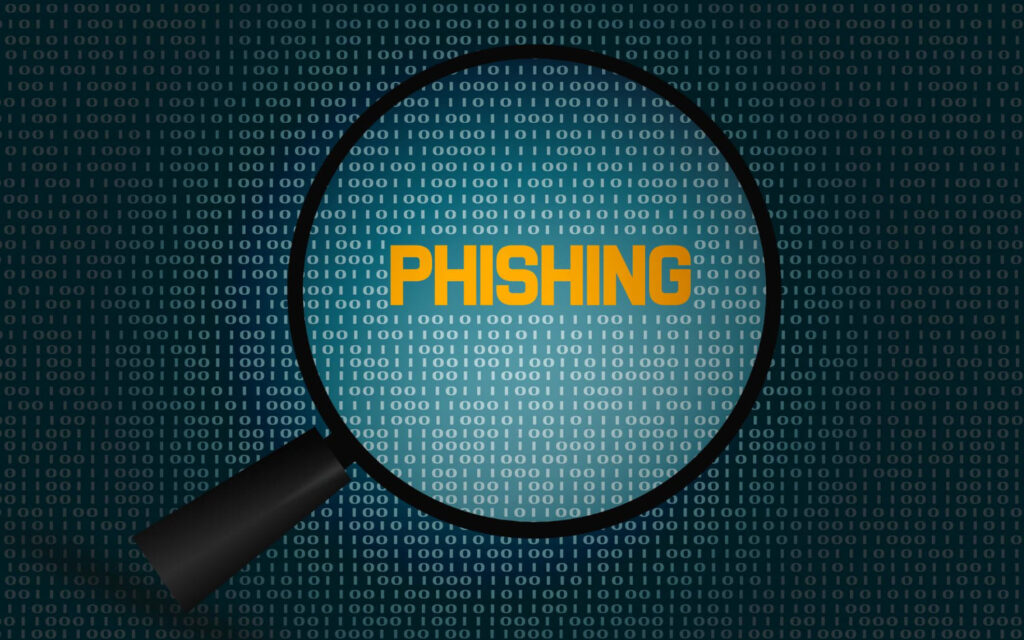Phishing is one of the top causes of data breaches worldwide. Cybercriminals use this method because it’s easy to employ and get to their prey. Among the various kinds of phishing, one particular type targets specific individuals or organizations: spear phishing.
What makes it different from other types of phishing, and how does it work? Let’s review essential things about spear phishing attacks here!
Spear Phishing Definition

Spear phishing is a targeted, highly personalized shot to steal private information, such as account credentials or financial information, from a specific individual or a group of individuals by masquerading as a trustworthy entity, often for malicious reasons.
Unlike regular phishing, which is broad and random, this phishing type is meticulously crafted to appear as if it comes from a known or trusted source.
For instance, you might get an email that looks like it’s from your bank or a colleague. These attacks can install malware on your device or steal your personal information.
How Do Spear Phishing Attacks Work?

After defining the preliminary goal, attackers will spend considerable time researching their targets and gathering information from social media and other public sources to craft believable messages.
Once they have enough details, they send an incredibly convincing email using social engineering techniques, perhaps mimicking a known contact or a trusted organization.
These emails usually contain malicious attachments or links that, when clicked, either install malware or direct the victim to a fake website built to steal their credentials and do their main goals, such as financial theft or gaining access to sensitive company data.
Since these emails are so well-tailored and well-crafted, anyone has the same chance to fall into the trap.
Types of Spear Phishing

Spear phishing types are categorized based on who the targets are.
Whale Phishing
Whale phishing, or whaling, targets top executives like CEOs and CFOs. These attacks are carefully planned, with emails looking like urgent business issues or legal requests from important people.
The goal is usually to steal large amounts of money or sensitive information that can harm the entire organization.
Because of the high stakes, these emails are written with such great detail, making them very dangerous.
For instance, a company executive might receive an email from a legitimate business partner asking for confidential information or approval for a large-dollar transaction.
Business Email Compromise (BEC)
In BEC, the attacker pretends to be a company executive or trusted partner to trick employees into transferring money or sharing sensitive, private company info.
These attacks often involve detailed research on company structures and workflows, making the fake requests seem real.
For instance, an employee might get an email that looks like it’s from their head of division, asking them to wire money to a bank account. The professional tone and insider knowledge make these emails very effective and damaging.
Spear-phishing vs. Phishing vs Whaling

Spear Phishing
Spear phishing is a targeted attack by spear phishers on specific individuals using detailed, personalized information to create believable messages. The aim of spear phishing scams is to trick them into giving sensitive information or clicking a dangerous link.
Phishing
Phishing focuses on the quantity. It sends generic phishing scam emails to many targets, masquerading as reputable sources like banks, with urgent messages prompting recipients to click a link or download an attachment.
Despite being less personalized than spear phishing, this attack can still be effective, especially if the email seems urgent or threatening.
Whaling
Different from the two methods above, whaling specifically targets high-level executives with carefully crafted, legitimate-looking attacks.
The goal is to steal sensitive information or money by tricking the executive into authorizing large transactions or revealing confidential data.
How to Defend Against Spear Phishing Attacks

Here are some efforts to protect your data from spear phishing attacks:
- Use email filtering systems to detect suspicious emails and block them.
- Always double-check the sender’s email address.
- Be careful of any requests for personal or financial data.
- Add an extra layer of security.
- Regularly test your defenses.
- Keep all your software up to date.
- Conduct security awareness training and phishing simulations for your team.
Following these steps, you can build a strong defense against spear-phishing attacks and protect sensitive information.
Frequently Asked Questions
What harm can spear phishing do?
Spear phishing can cause financial losses, data breaches, and reputational damage.
Who does spear phishing often target?
Spear phishing targets individuals with access to valuable information, like executives, finance employees, and IT professionals.
How do you detect spear phishing?
Look for signs of fraudulent spear phishing emails, such as unexpected requests for sensitive information, urgent language, and suspicious attachments or links.
Conclusion
Spear phishing attacks can be avoided using the right defensive systems. Individuals and businesses can better protect themselves by understanding attackers’ tactics and staying vigilant.
If you want to get your shield up for your business, contact Fluxgate now and let our expert team handle your cyber security system!
